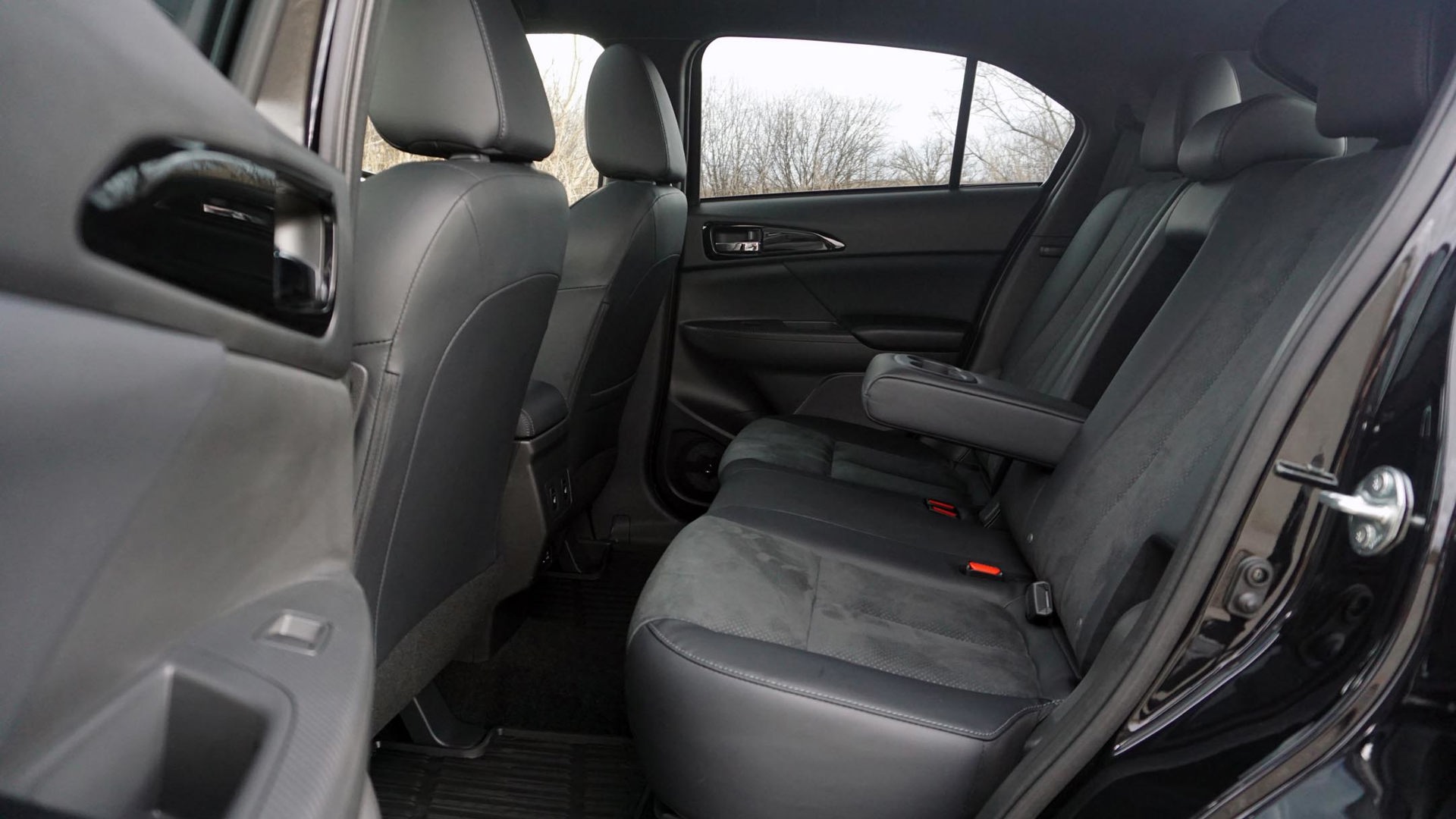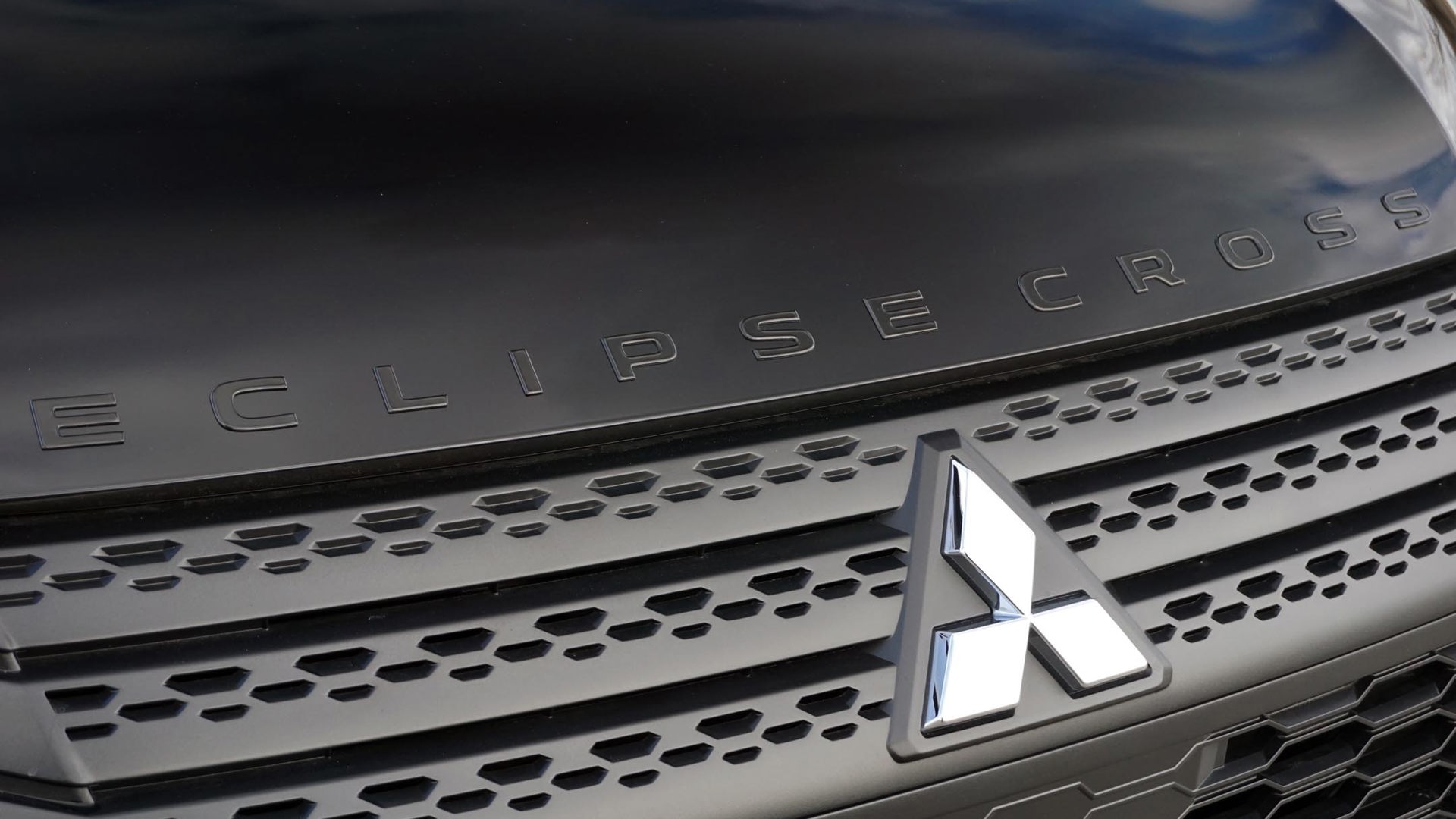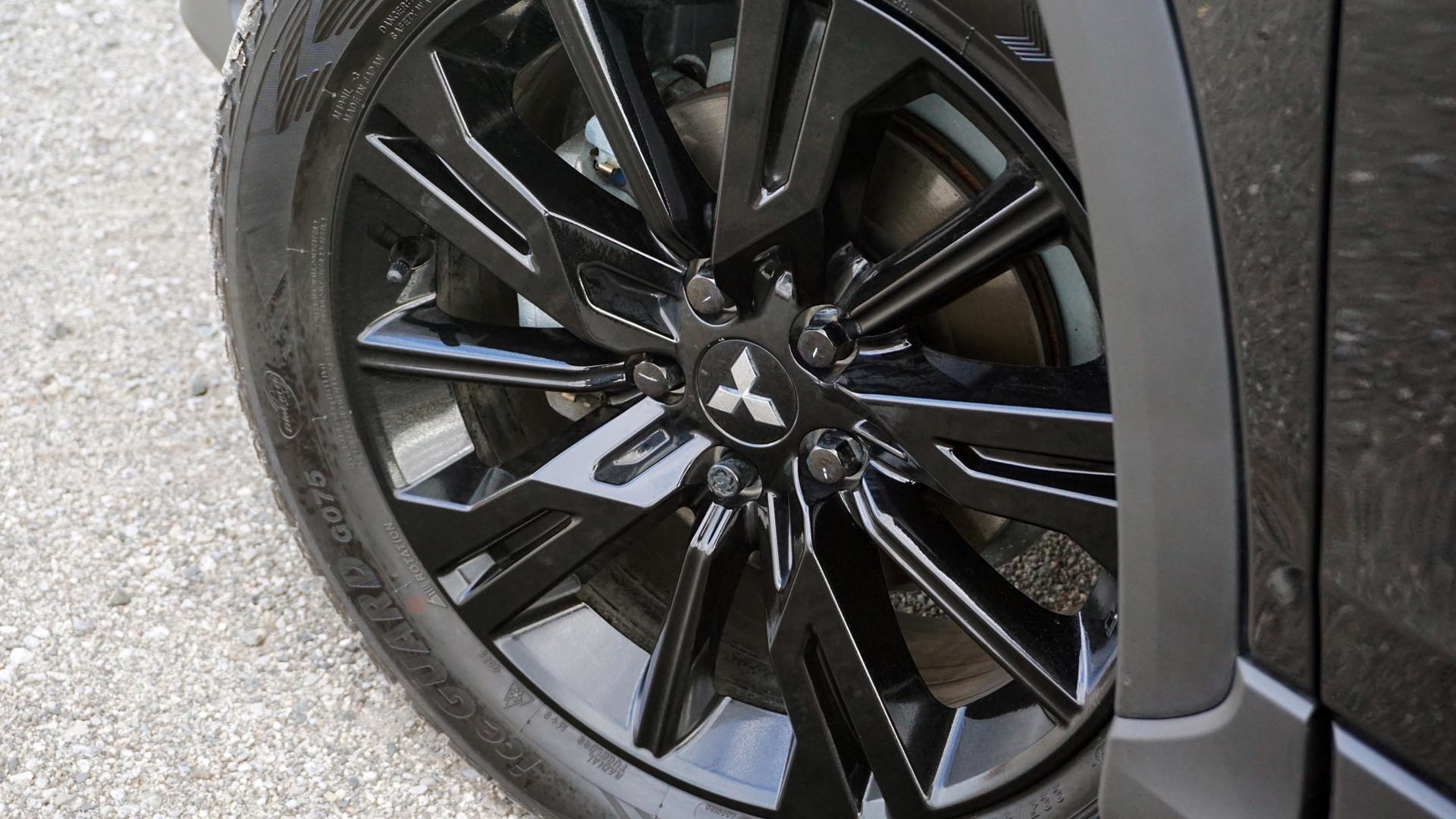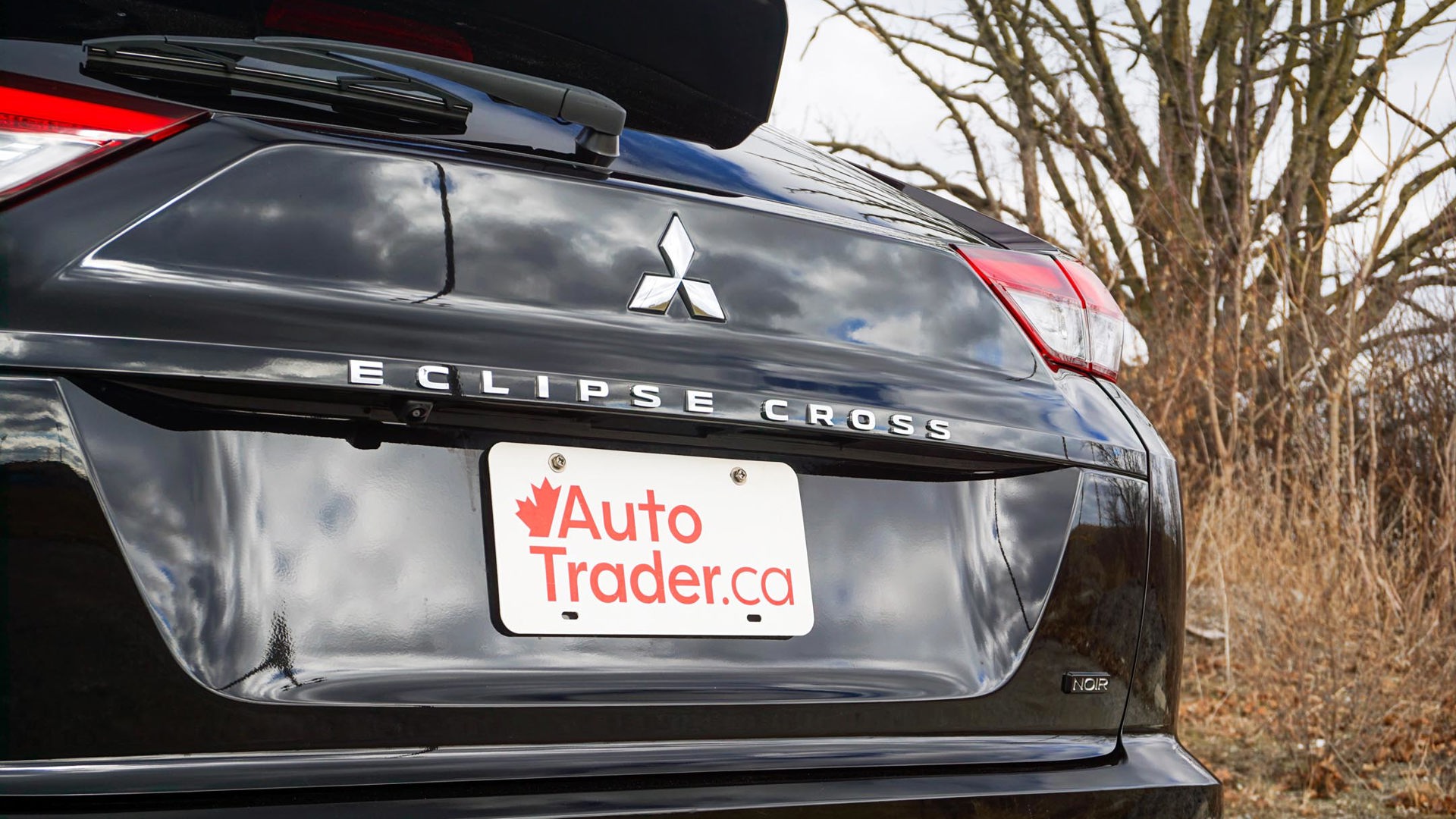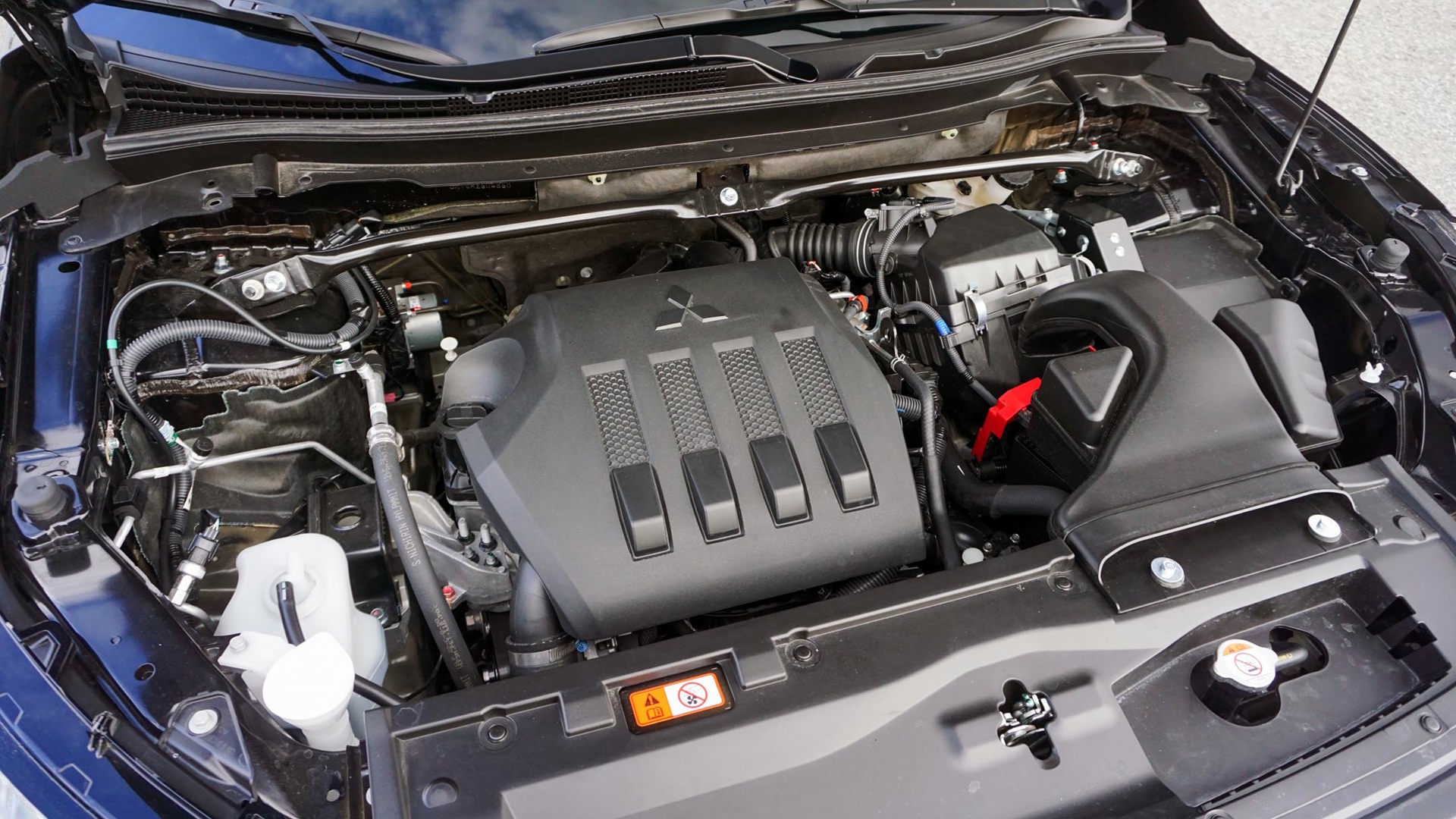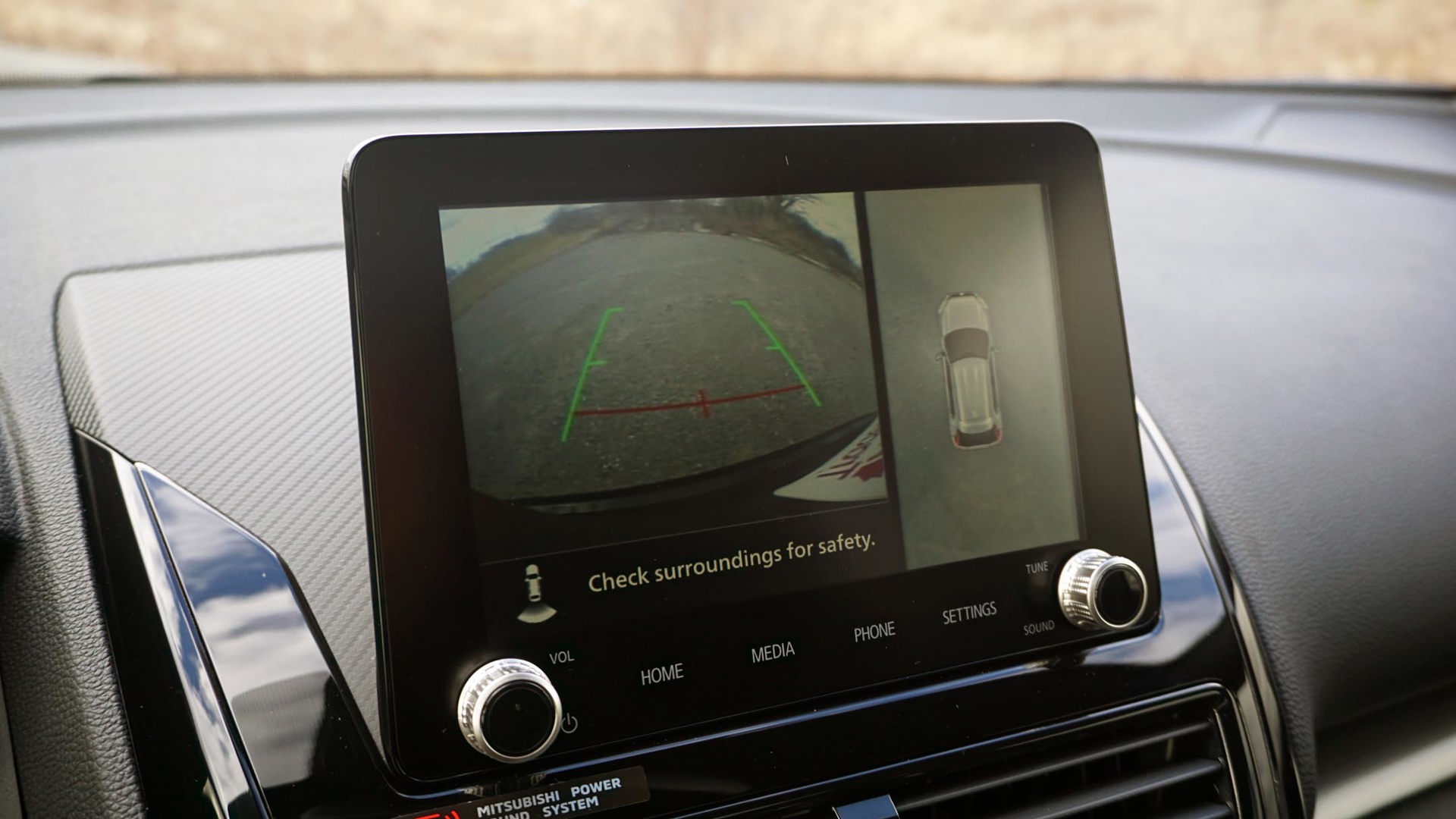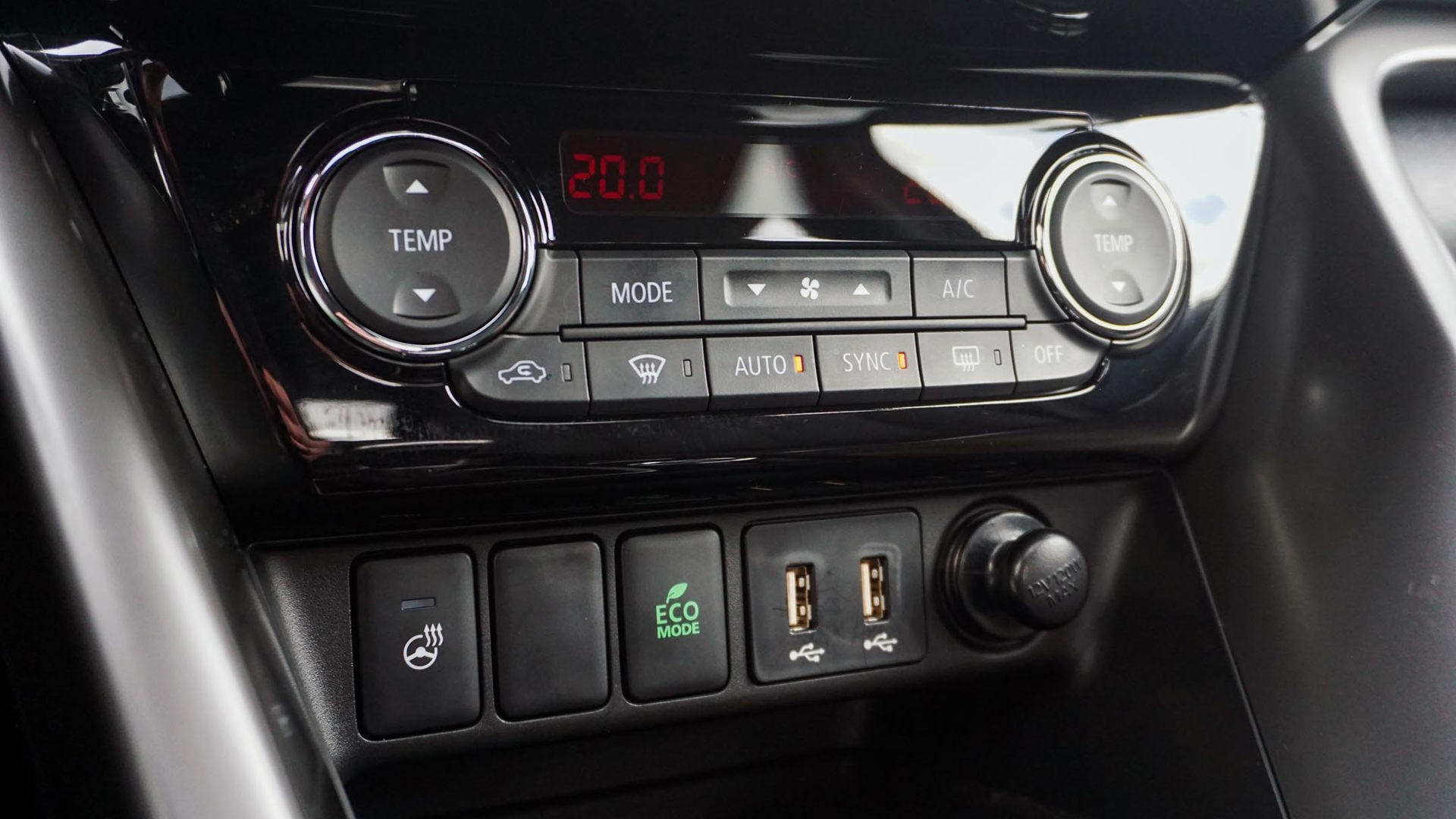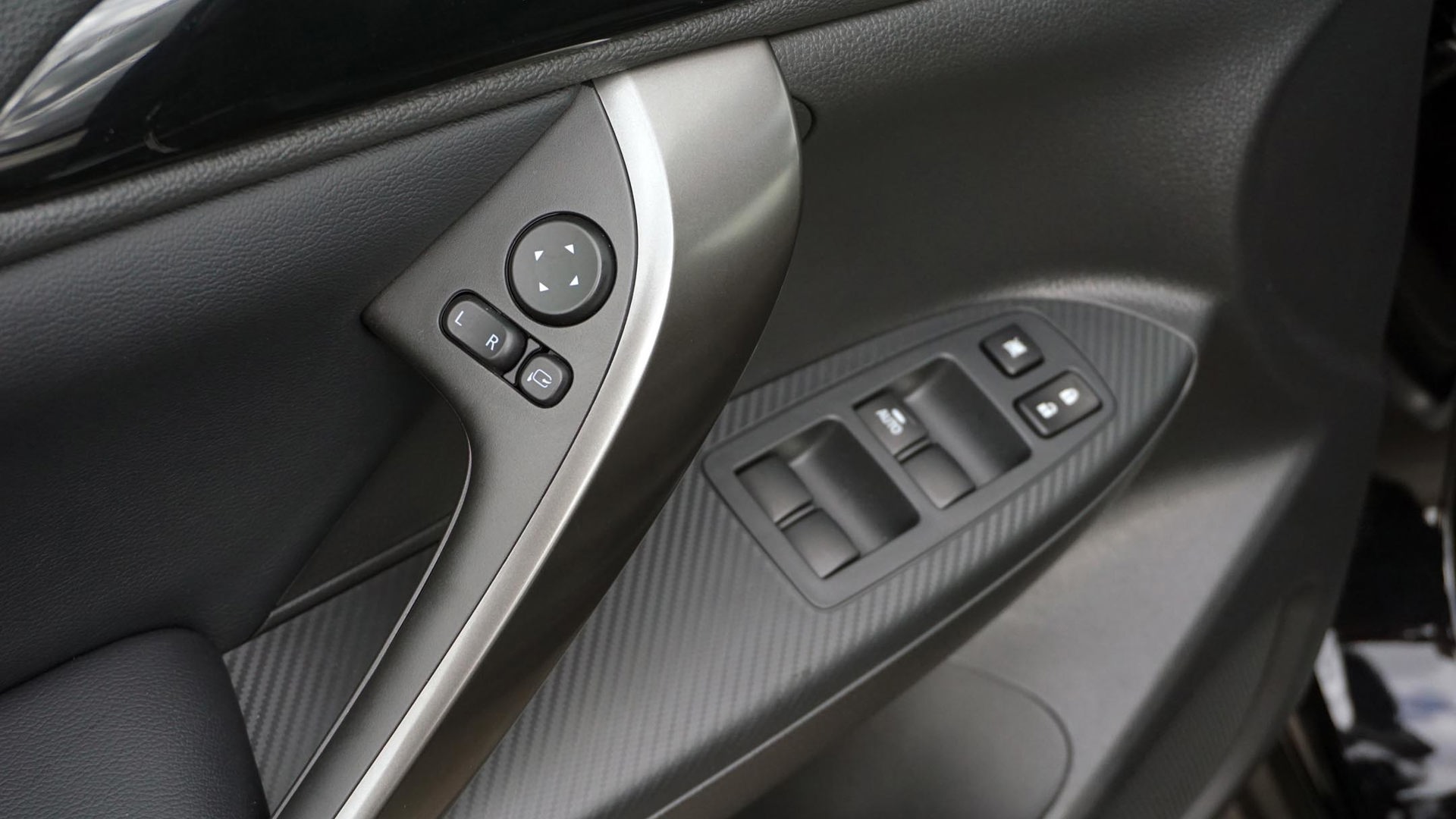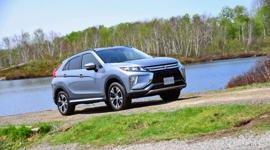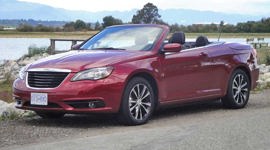 AutoTrader SCORE
AutoTrader SCORE
-
STYLING8/10
-
Safety6/10
-
PRACTICALITY8/10
-
USER-FRIENDLINESS8/10
-
FEATURES8/10
-
POWER8/10
-
COMFORT6/10
-
DRIVING FEEL7/10
-
FUEL ECONOMY7/10
-
VALUE6/10
When it comes to the 2024 Mitsubishi Eclipse Cross, it’s all about the warranty.
That doesn’t mean this isn’t a crossover worth considering otherwise, but with plenty to pick from in this expansive segment, it’s the automaker’s extensive coverage that sets this subcompact apart. The Eclipse Cross also isn’t without its flaws, some more glaring than others. On the bright side, whether or not its peace of mind is worth the price of admission can be determined using an entirely uncomplicated equation.
Styling: 8/10
When it comes to the overall styling, it wouldn’t be unfair to describe the Eclipse Cross as looking like some sort of distant relative of the Pontiac Aztek. OK, that’s not the most complimentary description of this crossover, but between all the sharp lines and the way the rear glass angles upward rather abruptly at the tail lights, there’s more than a passing resemblance between the pair.
In a similar fashion to that quirky crossover from two decades ago, the wheels look disproportionately small – this despite measuring a more-than-reasonable 18 inches across the five-trim lineup. Ultimately, it’s the tall body panels that are playing visual tricks, and not even this tester’s black-on-black motif is enough to help hide the slightly odd aesthetics.
And in spite of it all, this Mitsubishi is objectively stylish. No, it isn’t perfect, but it exudes genuine personality – a rare characteristic in this segment and beyond.
Comfort: 6/10
The interior isn’t quite as pleasing, with a dated look and feel to just about every touch point and feature. What’s more, the gloss-black plastic found on this tester’s console area is all the evidence any automaker needs to end its use immediately, with a lifetime of scuffs and scratches already showing despite having barely 4,000 km on the odometer.
While the microsuede upholstery used in this Noir trim – as well as the SEL it’s based on – is an aesthetic highlight, the front-seat bolsters are narrow enough to make even the most dutifully followed weight loss plan feel like a failure. (It’s worth noting that AutoTrader contributor Peter Bleakney, who is much slimmer than this author, reported no such trouble during his own test of the Eclipse Cross.) Beyond the bolsters, the driver’s seat proved to be a literal pain in the butt after barely a few hours behind the wheel, with little cushion support on offer.
Practicality: 8/10
While those issues may call into question this crossover’s suitability as a long-haul cruiser, it’s roomy enough to carry people and stuff across whatever distances are deemed fit. It’s something of a ‘tweener in terms of overall size, measuring 4,574 mm (179 in) from bumper to bumper. That’s barely shorter than the immensely popular Toyota RAV4, but then at 2,670 mm (105.1 in) its wheelbase mirrors that of the smaller Subaru Crosstrek, which means interior dimensions are closer to those of that subcompact crossover.
Even so, there’s enough space to fit four adults inside with reasonable comfort, while there’s about 100 L more cargo room behind the back seats than there is in the Crosstrek. Stow the second row, however, and there’s about 140 L less space than that subcompact Subaru offers, while the seats themselves don’t fold entirely flat.
Features: 8/10
Once again, the warranty is the big sell as far as features are concerned, with powertrain coverage that spans 10 years or 160,000 km, whichever comes first. That’s joined by basic warranty coverage that’s good for five years or 100,000 km, with roadside assistance included during that time. Of note, Mazda offers unlimited mileage warranties over shorter periods of time (five-year powertrain, three-year basic), while brands like Subaru and Hyundai offer 100,000-km coverage over five years for their powertrains and other mechanical components.
In terms of creature comforts, there’s a reasonable array of stuff across the lineup, including standard heated front seats, Apple CarPlay and Android Auto connections, subscription-based satellite radio, and automatic climate control. Moving to the SE trim adds extras like a heated steering wheel and height-adjustable power tailgate, while the SEL gets heated rear seats and microsuede upholstery.
The Noir trim tested here is all about the aesthetics, building on the SEL but adding all kinds of blacked-out styling cues, as well as dual power sunroofs. Finally, the GT gets leather upholstery, power-adjustable front seats, embedded navigation, and an eight-speaker stereo.
Safety: 6/10
While plenty of crossovers come with well-rounded packages of advanced safety systems these days, the Eclipse Cross is missing many of the most desirable ones lower in the lineup – and at least one helpful feature can’t be had at all. The entry-level ES comes with forward collision mitigation, rain-sensing wipers, and the back-up camera that’s mandatory on all new vehicles, while the SE adds blind-spot monitoring with rear cross-traffic alert and automatic high-beam control.
Finally, the SEL, Noir, and GT trims get lane departure warning, a surround-view camera system, and adaptive cruise control. (The SEL and GT also get a head-up display that’s left out of the Noir.) Notably absent from every one of them is lane-keep assist, making this one of the only vehicles on the market to go without what’s a common feature included in every Crosstrek, RAV4, and countless other crossovers.
User-Friendliness: 8/10
Beyond that bit of puzzling trivia, the back-up camera projects in poor quality on the eight-inch touchscreen mounted on the dash, which itself runs one of the most primitive systems around. On one hand, that kind of simplicity means there’s less to get frustrated with; but then the stripped-down interface struggled to maintain a physical Apple CarPlay connection with the same cable that works just fine in other vehicles (yes, it’s an Apple-branded cord).
Where the plainness of the Eclipse Cross is an asset is the array of conventional controls for common functions like the climate system. While there’s an assortment of haptic shortcuts beneath the touchscreen, it’s as refreshing as it is rare to see so much straightforward switchgear in a new vehicle.
Power: 8/10
Powering this Mitsubishi is a modest four-cylinder motor that does just what it needs to. Paired with an automatic continuously-variable transmission (CVT) and full-time all-wheel drive, the drivetrain sounds a little coarse when the accelerator is applied generously, but the Eclipse Cross is rarely wanting for more guts or gusto – at least in the context of a regular little crossover like this.
The turbocharged 1.5L under the hood makes 152 hp to go with a healthy 184 lb-ft of torque. The latter is the stuff that gets the wheels moving, and there’s plenty of responsiveness that comes with it. While it can be a little peaky at times, reacting to pokes of the gas pedal with a bit too much excitement, it’s a reasonably well sorted arrangement overall.
Fuel Economy: 7/10
Official fuel consumption numbers rank higher than competitors like the Crosstrek, with the Eclipse Cross coming in at 9.3 L/100 km, according to Natural Resources Canada (NRCan). Even the gas-powered RAV4 has a better rating, while the smaller Toyota Corolla Cross does better still.
Looking past the government numbers, this February test saw the Eclipse Cross burn through 8.4 L/100 km combined over nearly 400 km – slightly worse than the Crosstrek’s rating, but reasonable for the segment overall, not to mention the time of year.
Driving Feel: 7/10
Steering response is as sharp as it should be for a vehicle with such a stubby little wheelbase, although there’s a bit too much body roll when changing directions in a hurry. Interestingly, that doesn’t correspond to the most cushy suspension setup, with a ride that’s a little firm and flat compared to the likes of the Crosstrek. Bumps and cracks in the road are channelled inside at a rate that’s more annoying than alarming, but the Eclipse Cross is fine to drive otherwise.
Value: 6/10
The ways in which the Eclipse Cross feels compromised – the missing features and so-so interior materials, for example – don’t translate to big savings on a brand new example. Lined up next to the likes of the 2024 Subaru Crosstrek this Mitsubishi is priced in lockstep, starting at $31,048 before tax but including freight – barely $150 more than its rival. The same is true across the rest of the lineup, with the Eclipse Cross ES ($34,548), SEL ($37,348), Noir ($39,648), and GT ($40,148) all priced within range of comparable Crosstrek trims.
The Verdict
The debate here really comes down to the warranty and whether the 2024 Mitsubishi Eclipse Cross is a commitment worth making. As a long-term solution, it makes practical sense to pick a vehicle that offers the sort of peace of mind that comes with such an extensive warranty. For those who see themselves moving on after only a handful of years, however, there are plenty of other appealing choices in the segment that offer better features, comfort, and practicality for a similar price.
| Engine Displacement | 1.5L |
|---|---|
| Engine Cylinders | Turbo I4 |
| Peak Horsepower | 152 hp @ 5,500 rpm |
| Peak Torque | 184 lb-ft @ 2,000–3,500 rpm |
| Fuel Economy | 9.6 / 8.9 / 9.3 L/100 km cty/hwy/cmb |
| Cargo Space | 657 / 1,407 L seats up/down |
| Model Tested | 2024 Mitsubishi Eclipse Cross Noir |
| Base Price | $37,598 |
| A/C Tax | $100 |
| Destination Fee | $2,050 |
| Price as Tested | $40,248 |
|
Optional Equipment
$500 – Tarmac Black Pearl paint, $300; Rubber floor mats, $200
|
|






